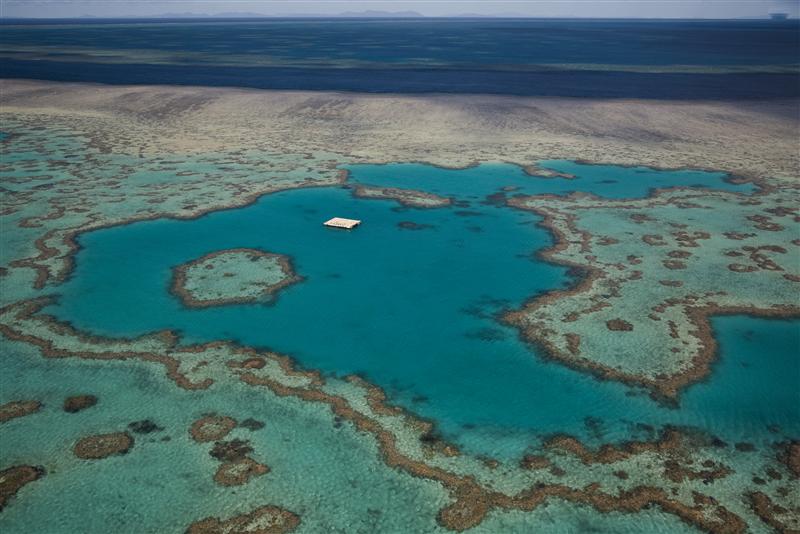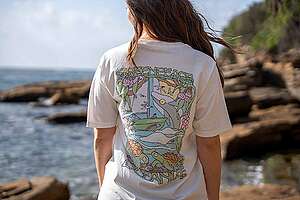Around the world, industry is encroaching further and deeper into the remaining pristine environments to operate. We’re working to protect these areas, including the precious Coral Sea.

There are just a few days to have your say on what should be the world’s largest fully protected marine reserve.
Where is the Coral Sea?
Extending east from the Great Barrier Reef Marine Park, the Coral Sea is bound by Papua New Guinea to the north and by the Solomon Islands and New Caledonia to the east.
Why is it important?
The Coral Sea is among Australia’s most important marine ecosystems. It’s one of the last places on Earth where large marine animals can still be found in great numbers and is a crucial haven for biodiversity. It is also one of only a handful of places in the world that has the potential to become a marine reserve that protects a real diversity of almost untouched ecosystems.
What is happening?
The Environment Minister Tony Burke is considering how the Coral Sea should be managed. There is a draft proposal, which is a half-step in the right direction but misses the opportunity to create a truly historic marine park. The government is accepting public submissions so it’s important we make our voices heard.
What are the plan’s flaws?
- Less than 10% of coral reefs protected. The Coral Sea’s most iconic assets are its coral reefs, yet only two new reefs out of twenty-five will sit inside the fully protected sanctuary zone. Most of the cays, shallow reefs and seamounts of the Queensland plateau miss out – this is the world’s only know spawning aggregation area for black marlin, a calving ground for humpback whales, a favoured nesting zone for turtles, and a breeding and foraging area for big migratory fish and seabirds.
- Key areas outside of protection zone. The deep gullys along the eastern edge of the Barrier Reef, together representing Australia’s largest trough system, are home to animal and plant species not found anywhere in the world. These too fall outside the no-take zone when they should connect the precious Barrier Reef to the Coral Sea’s southern coral communities which in turn support important oceanic predator species at risk from destructive fishing.
- Commercial fishing allowed. Alarmingly, the Southern Coral Sea, a regional hotspot for apex species like bigeye and yellowfin tuna, barracuda and a variety of sharks, is left open to longline fishing. Allowing this commercial fishing in a Marine Reserve is drastic mistake. Bigeye tuna are already considered vulnerable to extinction and longlining is associated with way too much bycatch of nonb-target species including sharks, rays, turtles and seabirds many of which are rare and endangered.
It’s not too late for the whole Coral Sea to be declared a fully-protected marine reserve. Have your say so that the Coral Sea plan really does make history.


